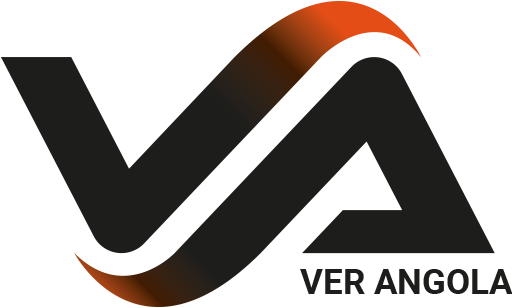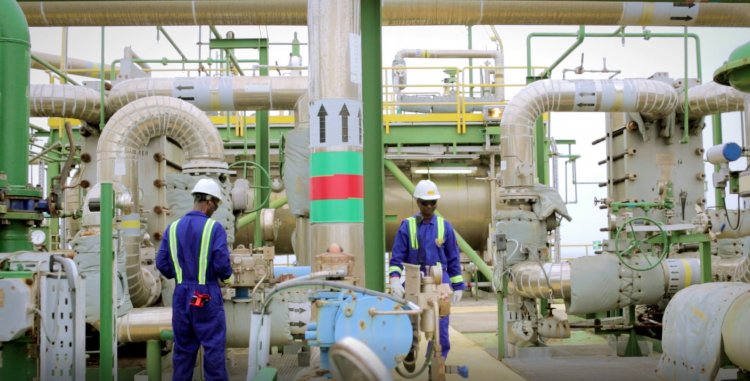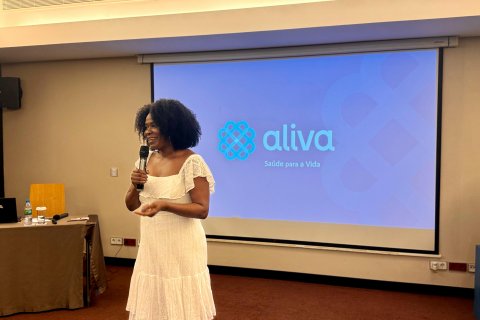To this end, four areas to study were identified at Cuando Cubango: Nancova, Rivungo, Cuangar and Calai.
"The Etosha Okavango Basin, which covers the provinces of Cunene, Moxico and Cuando Cubango, has around 3000 sample points to verify the geological potential, at the Cuando Cubango level, the locations of Nancova, Rivungo, Cuangar and Calai were mapped for study", informed the provincial government of Cuando Cubango, in a statement to which VerAngola had access.
According to Manuel Domingos Bembi, director of Institutional Security at ANPG, the objective now is to "advance with demining work" in order to "guarantee access and mobility of technical teams" that will carry out the "study of the geological potential" in Cuando Cubango.
In statements at the end of a meeting with José Martins, governor of Cuando Cubango, cited by Angop, the person in charge stated that the meeting served to ensure security for the access and movement of technical teams that will analyze the geological potential of the province, especially in collection of samples to assess the presence of oil, adding that the time established for prospecting work will depend on mobility conditions, speed and environmental problems, as well as the demining process to verify access.
In turn, the provincial governor assured full support for the agency's activities. "For the success of the work in the province, provincial governor José Martins guaranteed effective assurance, support and delivery to support ANPG's activities in Cuando Cubango", reads the statement from the provincial government.
The provincial government also highlights that the study is based on presidential decree 282/20, of October 27, "which approves the Hydrocarbon Exploration Strategy for the period 2020-2025", and "fieldwork consists of the use of small equipment for collecting samples of rocks, soils, bitumen and gases, for geological and geochemical analyses".







